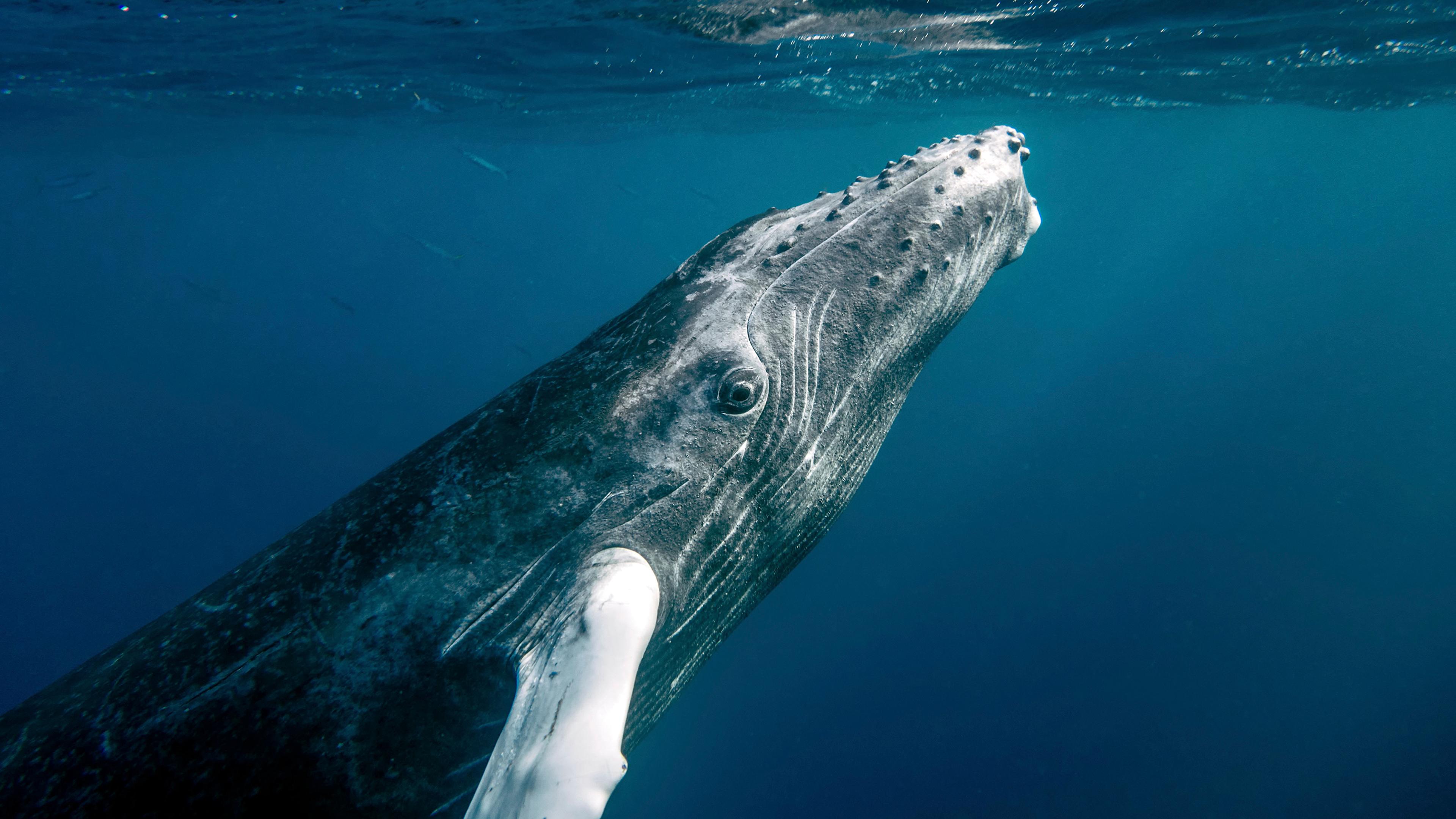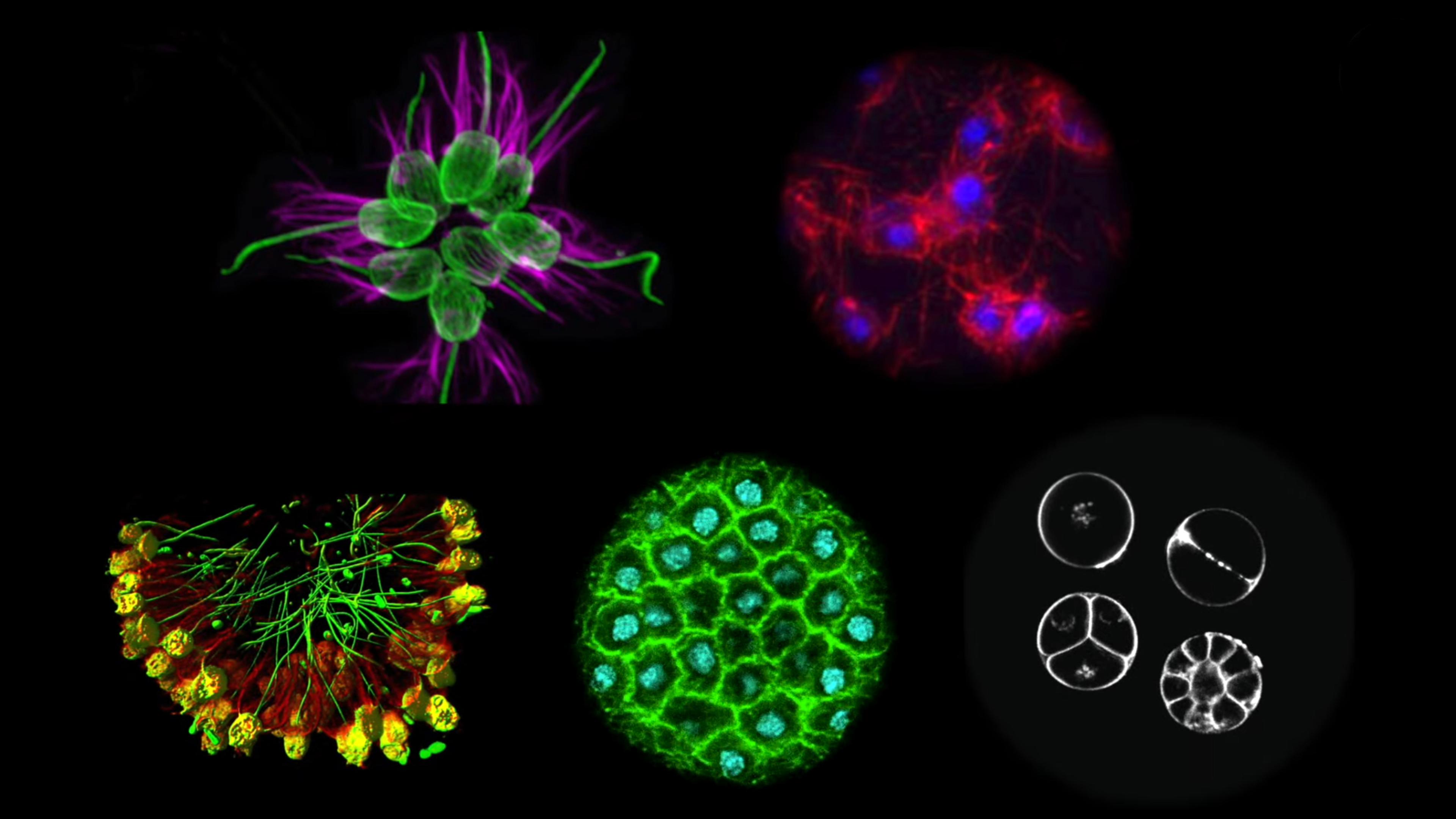An insect native to the Oaxaca region of Mexico, the cochineal spends most of its life feeding on cacti nutrients. While, from a human point of view, these parasitic insects may have somewhat unremarkable lives, they’ve long captured our attention for the unmatched brilliance of the crimson hue produced by their hemolymph – the arthropod equivalent to blood, which in most insects is clear. Captured in stunning 4K resolution, this video from the science documentary series Deep Look captures the fascinating biology of these small creatures, as well as how female cochineal have been cultivated for centuries, and can still be used in food colourings today.
How the world’s richest reds are derived from an innocuous Mexican insect
Video by KQED Science
Producer: Rosa Amanda Tuirán
Writer: Laura Klivans
Cinematographer: Josh Cassidy

videoEcology and environmental sciences
Close-ups reveal how caterpillars live long enough to cocoon
9 minutes

videoBiology
What would it mean if we were able to ‘speak’ with whales?
65 minutes

videoBiology
For 3 billion years, life was unicellular. Why did it start to collaborate?
4 minutes

videoBiology
Dive deep into an egg cell to see how ageing reboots when a new life begins
2 minutes

videoNature and landscape
Scenes from Aboriginal Australian pottery chart the turn of the seasons
7 minutes

videoMathematics
After centuries of trying, we’ve yet to arrive at a perfect way to map colour
20 minutes

videoHistory of science
Insect aesthetics – long viewed as pests, in the 16th century bugs became beautiful
8 minutes

videoLove and friendship
What does it mean to say goodbye to a creature that doesn’t know you’re leaving?
13 minutes

videoEcology and environmental sciences
Join endangered whooping cranes on their perilous migratory path over North America
6 minutes